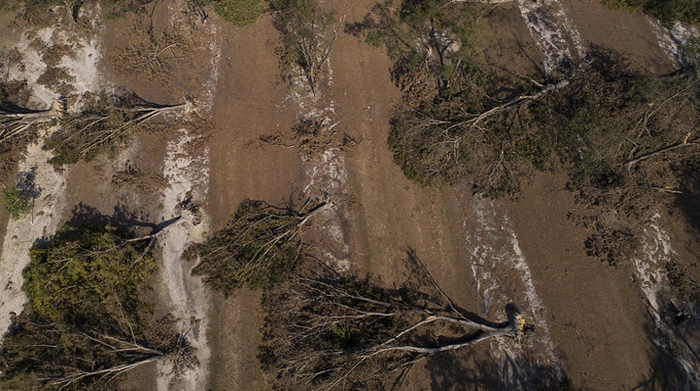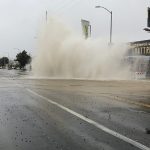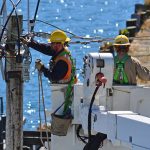FEMA Designates Disaster Resilience Zones for Priority Federal Funding

Image courtesy of UGA CAES/Extension under Attribution-NonCommercial 2.0 Generic License, resized to 700 x 391 pixels.
The Federal Emergency Management Agency (FEMA) has designated 483 census tracts across all 50 states as “disaster resilience zones.” These communities, which face the highest risk from climate change and severe weather impacts, will receive prioritized access to federal funding for climate resilience and mitigation projects.
Why the Disaster Resilience Zones Were Designated
FEMA (just like many utilities) faces the impossible situation of having to help communities recover from severe weather despite a finite level of resources to do so. In fact, FEMA’s disaster spending is approaching exhaustion. Because of this reality, a prioritization process is critical.
The purpose of this designation is to help determine which areas need access to these limited resources the most. This effort, which obviously targets underserved communities, was mandated by congress in Dec. 2022 through the Community Disaster Resilience Zones Act.
Any Census tract earning the priority designation must be (1) a disadvantaged community as determined by the federal Climate and Economic Justice Screening Tool, and (2) have a National Risk Index score that ranks in the top 50 nationally or within the top 1% of the state (the National Risk Index assesses communities based on their exposure to 18 natural hazards).
Now that the disaster resilience zones have been determined, FEMA will be better equipped to funnel technical and financial assistance to where it is needed the most. It also enables private sector companies to target their community resilience efforts to areas that are most in need and are prioritized for funding by FEMA.
And FEMA is not done yet! The agency plans to announce more resilience zones in autumn 2023, a list that will be expanded to include tribal lands and territories. And additional designations are planned for 2024.
In the final analysis, with limited funds available for disaster recovery, it makes sense for FEMA to designate disaster resilience zones for prioritization purposes.



